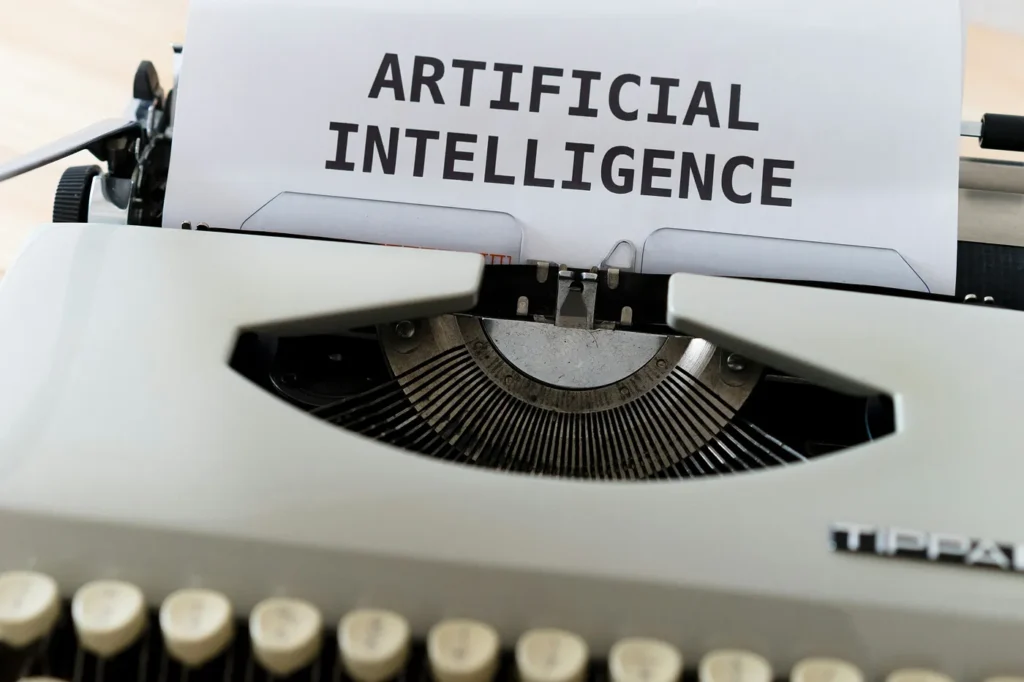June 22, 2023
In today’s data-driven landscape, the ability to effectively harness and extract value from data has become a key differentiator for organizations across industries. As the volume, variety, and velocity of data continue to grow exponentially, new and innovative approaches to data analytics are emerging, propelling organizations to reimagine their data strategies and unlock unprecedented opportunities. In this ever-evolving landscape, staying ahead of the curve and embracing emerging trends in data and analytics is crucial for businesses to maintain a competitive edge. In this blog post, we will explore some of the most significant emerging trends that are shaping the future of data analytics.
The Rise of Augmented Analytics
Augmented analytics represents a paradigm shift in the way we interact with and derive insights from data. This emerging trend combines advanced machine learning, natural language processing (NLP), and automated data visualization techniques to enhance human intelligence and decision-making capabilities. By automating time-consuming tasks such as data preparation, insight generation, and explanatory analysis, augmented analytics empowers analysts and business users to focus on higher-value activities, driving faster and more accurate decision-making processes.

One of the key drivers behind the growth of augmented analytics is the increasing complexity of data sources and the need for more sophisticated analytical techniques. Augmented analytics platforms leverage machine learning algorithms to identify patterns, uncover hidden insights, and generate actionable recommendations, thereby democratizing data analysis and enabling a broader range of users to leverage the power of advanced analytics.
Explainable AI and Trustworthy Analytics
As organizations increasingly rely on machine learning and artificial intelligence (AI) models for critical decision-making processes, the need for transparency, interpretability, and trust in these models has become paramount. Explainable AI (XAI) emerges as a solution to this challenge, providing a framework for making AI-driven analytics more understandable, transparent, and trustworthy.
XAI techniques aim to demystify the inner workings of complex machine learning models, enabling users to understand the reasoning behind the model’s predictions and recommendations. By providing clear explanations and visualizations, XAI fosters trust in the analytical process, facilitating better decision-making and promoting responsible AI adoption across organizations.
XAI techniques aim to demystify the inner workings of complex machine learning models, enabling users to understand the reasoning behind the model’s predictions and recommendations. By providing clear explanations and visualizations, XAI fosters trust in the analytical process, facilitating better decision-making and promoting responsible AI adoption across organizations.

Furthermore, the integration of XAI with data governance and ethical AI principles ensures that analytical models are not only accurate but also fair, unbiased, and aligned with organizational values and regulatory requirements.
XAI techniques aim to demystify the inner workings of complex machine learning models, enabling users to understand the reasoning behind the model’s predictions and recommendations. By providing clear explanations and visualizations, XAI fosters trust in the analytical process, facilitating better decision-making and promoting responsible AI adoption across organizations.
XAI techniques aim to demystify the inner workings of complex machine learning models, enabling users to understand the reasoning behind the model’s predictions and recommendations. By providing clear explanations and visualizations, XAI fosters trust in the analytical process, facilitating better decision-making and promoting responsible AI adoption across organizations.
Edge Computing and Distributed Analytics
As the Internet of Things (IoT) continues to proliferate, the volume of data generated at the edge (i.e., devices, sensors, and edge networks) is rapidly increasing. Traditional centralized data processing approaches, which involve transferring vast amounts of data to a central location for analysis, are becoming increasingly inefficient and can introduce latency, bandwidth constraints, and security risks.
Edge computing and distributed analytics emerge as a solution to this challenge, enabling data processing and analysis to occur closer to the source of data generation. By leveraging edge devices and edge computing capabilities, organizations can perform real-time analytics, reduce data transmission costs, and improve response times for time-sensitive applications, such as predictive maintenance, autonomous vehicles, and real-time monitoring systems.
This trend is further bolstered by the advancement of lightweight machine learning models and edge analytics platforms, which enable efficient data processing and analytics at the edge, while still providing the flexibility to offload more complex workloads to centralized data centers or cloud environments.
Federated Learning and Privacy-Preserving Analytics
In an increasingly data-driven world, the need to protect sensitive and personal information has become a top priority for organizations. Traditional data analytics approaches often involve centralizing data from multiple sources, which can raise privacy concerns and compliance challenges, especially in regulated industries such as healthcare and finance.
Federated learning, a distributed machine learning approach, addresses these concerns by enabling collaborative model training without sharing raw data. In a federated learning setup, each participant’s data remains securely on their local device or server, and only the model updates are shared with a central server, which aggregates these updates to improve the global model iteratively.

This approach not only enhances data privacy and security but also enables organizations to leverage data from various sources without the need for data consolidation, thereby reducing data movement and associated costs. Federated learning is particularly valuable in scenarios where data is distributed across multiple locations, such as in healthcare systems, financial institutions, and multinational corporations.
Natural Language Processing (NLP) and Conversational Analytics
Natural Language Processing (NLP) has made significant strides in recent years, enabling machines to understand, interpret, and generate human language more effectively. In the realm of data analytics, NLP is revolutionizing the way we interact with and derive insights from data.
Conversational analytics, powered by NLP and conversational AI, allows users to query data and receive insights using natural language interfaces, such as voice assistants or chatbots. This approach eliminates the need for complex SQL queries or specialized analytical tools, making data analysis more accessible and intuitive for non-technical users.
Furthermore, NLP techniques are being applied to unstructured data sources, such as text documents, social media data, and customer feedback, enabling organizations to extract valuable insights from these previously untapped data sources. By combining NLP with sentiment analysis and topic modeling, businesses can gain a deeper understanding of customer sentiments, market trends, and brand perceptions, informing strategic decision-making processes.
Synthetic Data Generation and Data Augmentation
In many industries, access to high-quality and diverse data can be a significant challenge, hindering the development and deployment of advanced analytics and machine learning models. Synthetic data generation and data augmentation techniques emerge as solutions to address this issue, enabling organizations to create realistic, privacy-compliant synthetic data or augment existing datasets.
Synthetic data generation involves using machine learning algorithms and generative models to create artificial data that mimics the statistical properties and patterns of real-world data, without compromising sensitive information. This approach is particularly valuable in industries with stringent data privacy regulations, such as healthcare and finance, where sharing real data can be challenging.
Data augmentation, on the other hand, focuses on expanding and diversifying existing datasets by introducing controlled variations, transformations, or perturbations to the original data. This technique is widely used in computer vision and natural language processing applications, where diverse and representative data is crucial for training robust and generalizable models.
By leveraging synthetic data generation and data augmentation techniques, organizations can overcome data scarcity challenges, accelerate model development, and improve the performance and generalization capabilities of their analytical models.
Automated Machine Learning (AutoML) and ModelOps
As machine learning models become increasingly complex and ubiquitous across organizations, the need for efficient model development, deployment, and monitoring processes has become paramount. Automated Machine Learning (AutoML) and ModelOps (Model Operations) emerge as solutions to streamline and automate various aspects of the machine learning lifecycle.
AutoML platforms leverage advanced algorithms and techniques to automate the tedious and time-consuming tasks involved in model development, such as data preprocessing, feature engineering, model selection, and hyperparameter tuning. By automating these processes, AutoML enables faster model development cycles, empowers non-expert users to leverage machine learning, and facilitates experimentation and iteration.

ModelOps, on the other hand, focuses on the operational aspects of machine learning, including model deployment, monitoring, governance, and lifecycle management. By implementing robust ModelOps practices, organizations can ensure reliable and scalable model deployments, monitor model performance and drift, and maintain regulatory compliance throughout the model lifecycle.
The integration of AutoML and ModelOps enables organizations to accelerate time-to-value for their analytics initiatives, reduce the risk of model failures, and ensure consistent and reliable model performance over time.
Sustainability and Green AI
As the world grapples with the challenges of climate change and environmental sustainability, the data and analytics industry is recognizing the need to address the energy consumption and carbon footprint associated with large-scale data processing and model training. Sustainability and green AI initiatives have emerged as a response to this challenge, aiming to develop more energy-efficient and environmentally friendly approaches to data analytics.
Techniques such as model compression, energy-aware model design, and efficient hardware acceleration are being explored to reduce the computational resources and energy consumption required for training and deploying machine learning models. Additionally, organizations are exploring renewable energy sources and carbon offsetting strategies to mitigate the environmental impact of their data centers and cloud infrastructure.
Furthermore, data analytics is playing a crucial role in enabling sustainable practices across various industries, such as optimizing energy consumption in smart grids, predicting and mitigating environmental risks, and supporting sustainable agriculture and resource management initiatives.
Multimodal Analytics and Fusion of Data Sources
In the digital age, data is generated from a myriad of sources, spanning structured databases, unstructured text, images, videos, audio, and sensor data. To unlock the full potential of this diverse data landscape, organizations are embracing multimodal analytics, which involves fusing and analyzing data from multiple modalities simultaneously.
Multimodal analytics leverages techniques such as computer vision, speech recognition, and sensor fusion to extract insights from various data sources, enabling a more comprehensive understanding of complex phenomena. For example, in healthcare applications, multimodal analytics can combine electronic health records, medical imaging data, and patient-reported outcomes to provide a holistic view of patient conditions and inform personalized treatment plans.
Similarly, in retail and marketing applications, multimodal analytics can integrate data from social media, customer reviews, product images, and sales data to gain deeper insights into consumer behavior, preferences, and market trends.
By fusing diverse data sources and modalities, organizations can uncover hidden correlations, identify patterns that would be missed by siloed analysis, and drive more informed decision-making processes.
Lastly….Quantum Computing and Quantum Machine Learning
While still in its early stages, quantum computing and quantum machine learning hold the promise of revolutionizing the field of data analytics by addressing the computational limitations of classical computing systems. Quantum computers leverage the principles of quantum mechanics to perform computations exponentially faster than their classical counterparts, enabling the exploration of previously intractable problems.
In the realm of data analytics, quantum computing has the potential to significantly accelerate computationally intensive tasks, such as optimization problems, simulations, and machine learning model training. Quantum machine learning algorithms, leveraging quantum parallelism and quantum entanglement, could enable more efficient and accurate analysis of large-scale datasets, leading to breakthroughs in areas such as drug discovery, materials science, and financial modeling.







